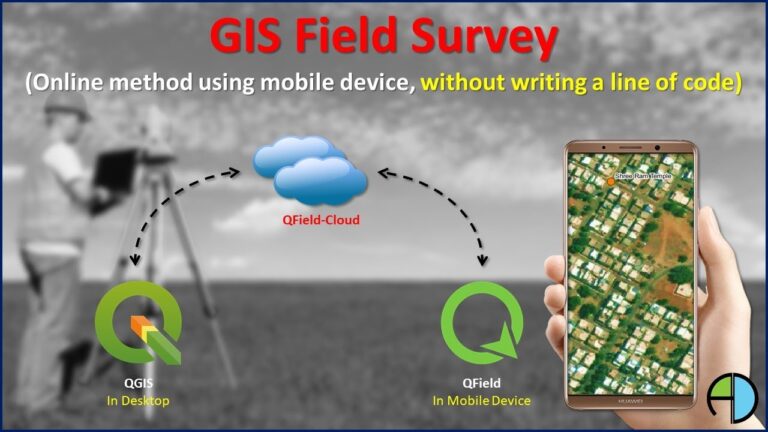Geographic Information Systems (GIS) have become integral in various fields, aiding in spatial analysis, mapping, and data visualization. When it comes to selecting the right GIS software, two prominent options stand out: QGIS and ArcGIS Pro. Both have their strengths and serve different user needs, making it crucial to understand their features before making a choice.
QGIS: Open Source Flexibility
💲 Cost: QGIS, being open-source, is free to use. This makes it accessible to a broad user base, including students, researchers, and small organizations with limited budgets.
🤼 Community Support: Its open-source nature fosters a robust community of developers and users who contribute to its continual improvement. This results in frequent updates, bug fixes, and a wealth of plugins and extensions.
⚙ Customizability: QGIS offers high customizability, allowing users to tailor their GIS experience with a wide array of plugins and tools, making it suitable for specific project needs.
ArcGIS Pro: Comprehensive Tools and Integration
🧰 Professional Tools: ArcGIS Pro, developed by Esri, offers a comprehensive suite of tools suitable for complex spatial analysis, data management, and visualization, making it a preferred choice for many enterprises.
🧩 Integration and Compatibility: ArcGIS Pro seamlessly integrates with other Esri products, enabling smooth workflows and compatibility within the ArcGIS ecosystem. This is advantageous for large organizations that heavily rely on GIS for various operations.
👨💻 User Interface and Performance: Its user-friendly interface and optimized performance enhance user experience, especially when dealing with large datasets and intricate analyses.
Choosing the Right One
Consider Your Needs: The choice between QGIS and ArcGIS Pro ultimately depends on your specific requirements. For individuals or small organizations with budget constraints and a need for flexibility, QGIS might be the better choice. On the other hand, larger enterprises looking for a comprehensive suite of tools and seamless integration might find ArcGIS Pro more suitable despite its cost.
Trial and Testing: Both software offer trial versions or free access for a limited time. It’s beneficial to test them out on your projects to assess which aligns better with your workflow, data types, and analysis requirements.
Training and Support: Consider the availability of training resources and support. ArcGIS Pro often comes with extensive official support and training options, while QGIS relies on its community for support, which may require more self-learning.
In conclusion, the choice between QGIS and ArcGIS Pro depends on a careful evaluation of your project needs, budget, and the level of support and integration required. Both have their merits, catering to different user bases, making them powerful tools in the GIS landscape. 🌎



